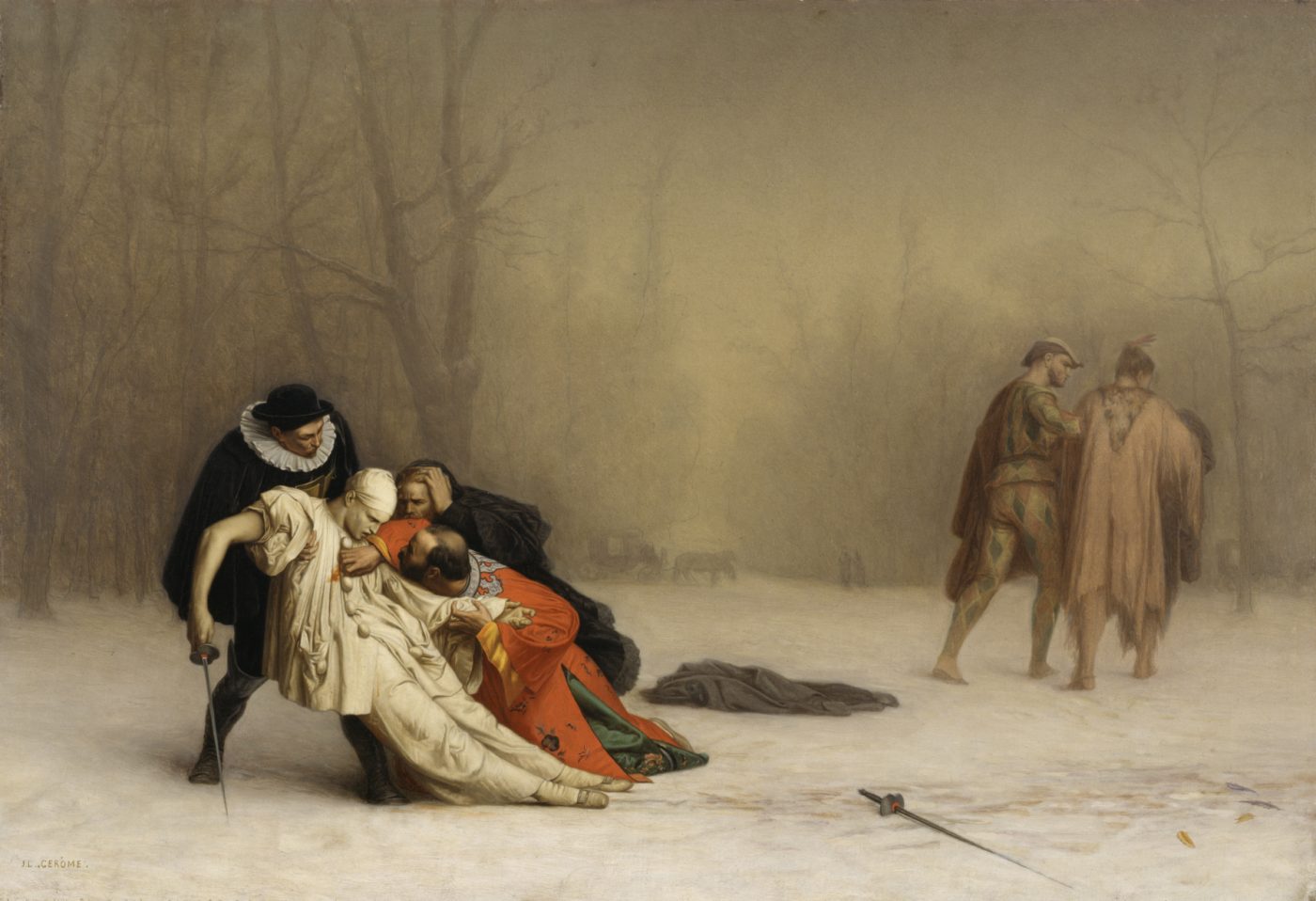Versailles: A Biography of a Palace ~ A Capsule Book Review by Allen Kopp
The Palace of Versailles is possibly the most famous structure of its kind in the world. Situated about twelve miles outside of Paris, it was built in the 1680s by Louis XIV. For the next roughly hundred years it served as the seat of French government and home for the royal families and royal courts under three kings: Louis XIV, Louis XV and Louis XVI. Versailles: A Biography of a Palace, by Tony Spawforth, is a history of the Palace of Versailles, a history of the people who lived there, good and bad, the court intrigues, the adulterous affairs, the arrogance, the corruption, the extravagance and the bad press that eventually brought down the monarchy and replaced it with a republic. After Louis XVI and his queen, Marie Antoinette, were deposed and eventually guillotined in the 1790s, the Palace of Versailles came to represent tyranny and extravagance to the French people. There were calls for it to be demolished as a hated symbol of the repressive past, but it still stands today, a monument to what once was and never will be again.
Louis XIV, who built Versailles and made it what it would be for about the next hundred years, was a monarch down to his fingertips. He believed in the divine right of the French king, that the kind should live extravagantly and luxuriously. Up until the time of Louis XIV, the seat of French government had been the Louvre in Paris, but Louis wanted something different. He moved to the French countryside outside of Paris, to a little town known as Versailles. He destroyed three small villages to build what would become the sprawling palace that housed thousands of people at one time: courtiers and aristocrats, family of the king and queen, office holders, ministers and functionaries, appointees, cooks and lackeys, servants and attendants. Many of the people who lived in the palace were essentially leeches and served no real purpose, but were part of the elaborate system that comprised the king’s court.
After Louis XIV’s death, the reputation of the king and royalty in general began to deteriorate with the public and the press. Whereas Louis XIV was beloved and an inspiration to his people, Louis XV, his successor, was less punctilious in his kingly duties. He wasn’t so particular about his public image and openly engaged in adulterous affairs with many women, including the infamous Madame de Pompadour and Comtesse du Barry. He would flaunt his affairs of the heart to the world and didn’t seem to care about the ramifications. The image of the monarchy began to suffer.
Upon Louis XV’s death from smallpox in the year 1774, his grandson Louis XVI became king. Louis XVI resembled a pudgy schoolboy and wasn’t much interested in being king. He seemed feckless and completely bereft of the attributes necessary to run a great country. The worst thing that ever happened to him was being married off to an Austrian princess, who would later become known as Marie Antoinette. After her function of providing a male heir to the king was fulfilled, she indulged in her whims and mostly locked herself away from court functions and her role as queen. She wanted her own privacy and a good time and she didn’t care who knew it. She developed a terrible reputation with the public and in the press, which only became worse as her extravagances were revealed, and this while many “regular” people were starving because economic conditions were so bad in the country. Fairly or not, she came to represent the excesses of the monarchy at their worst. She and her husband, Louis XVI, were eventually beheaded in a cruel public spectacle. She was hated and reviled for years after her death but remains a compelling figure to this day, around whom a cult of admiration has developed.
If you’ve ever visited the Palace of Versailles, as I have, Versailles: The Biography of a Palace will make compelling reading, but it will even if you haven’t been there. It’s a readable history for the “casual” historical reader, never dull or academic; full of anecdotes and the “small” moments that history is made of. If you are a fan of the 1938 MGM movie, Marie Antoinette, you can’t help imagining Robert Morley and Norma Shearer as Louis XVI and Marie Antoinette, and Tyrone Power as the queen’s would-be boyfriend, Count de Fersen, who remained sympathetic to the end. As Count de Fersen hears the cheers of the crowd as the queen is beheaded, tears fill his eyes and he looks off into the middle distance, filled for the moment with thoughts of what might have been.
Copyright © 2016 by Allen Kopp

